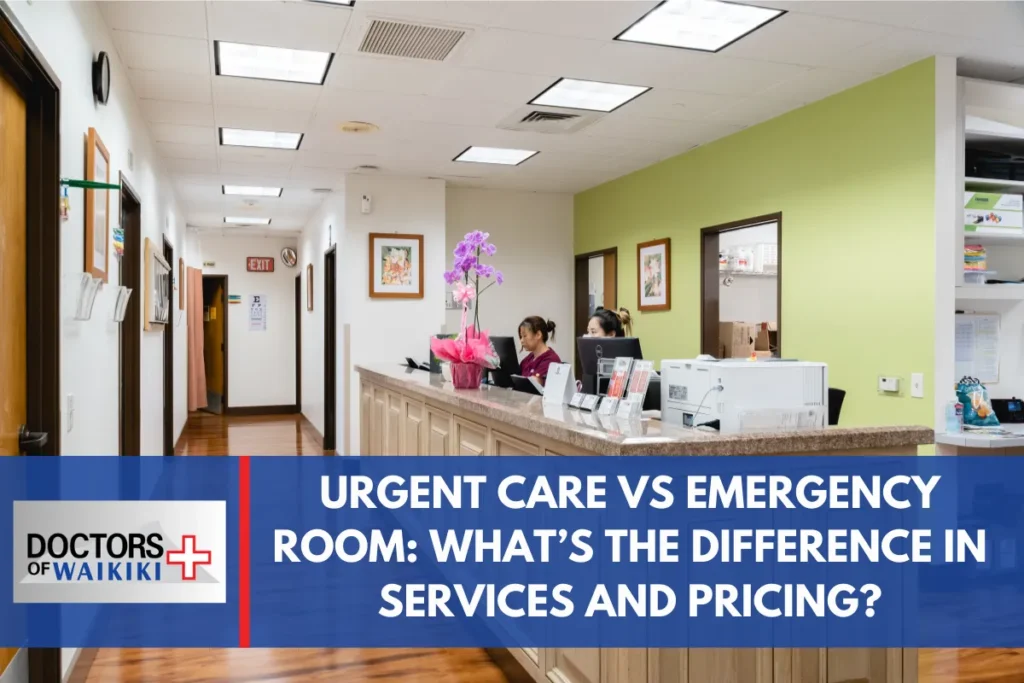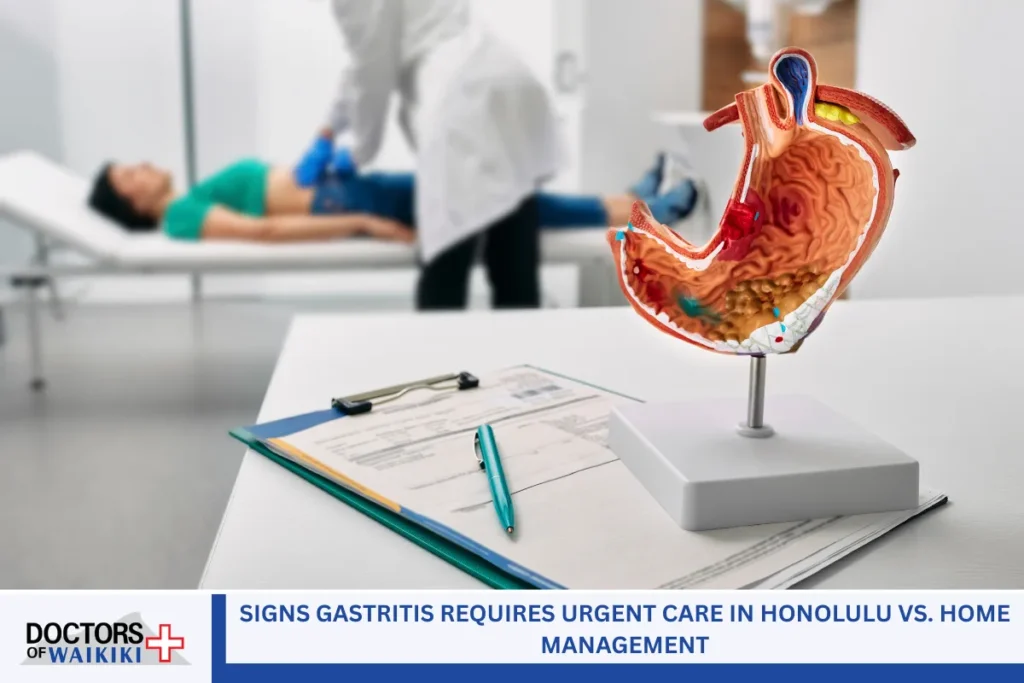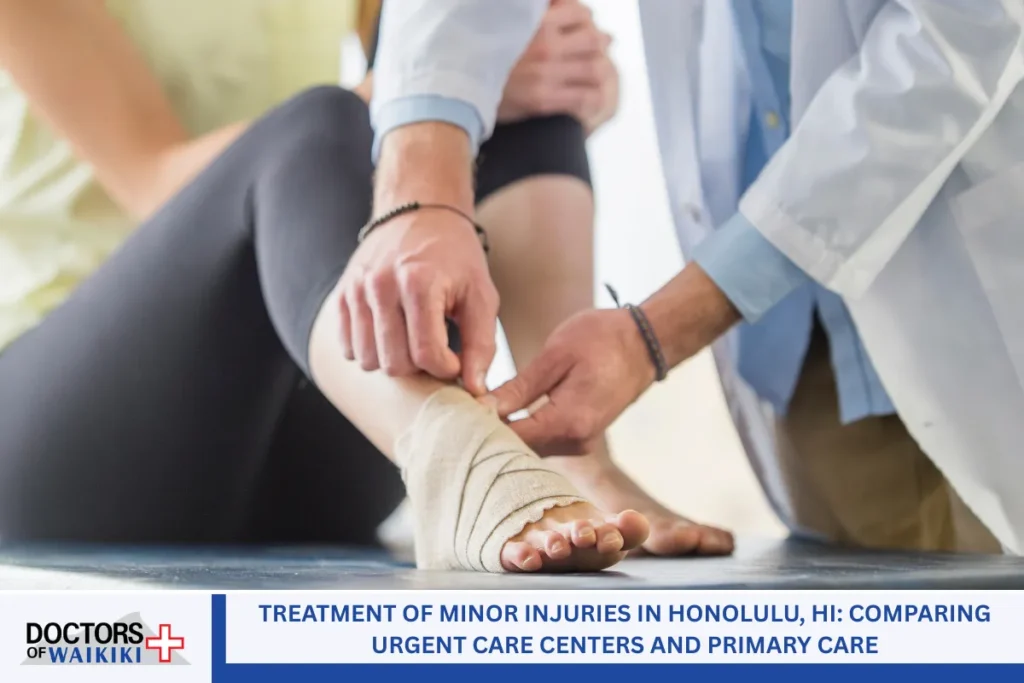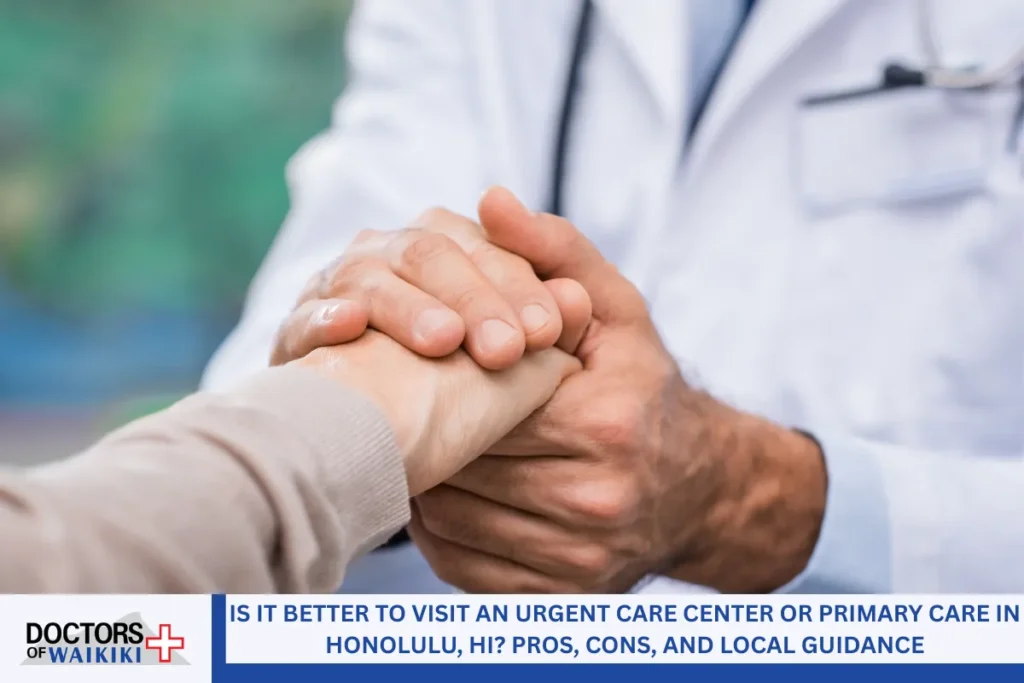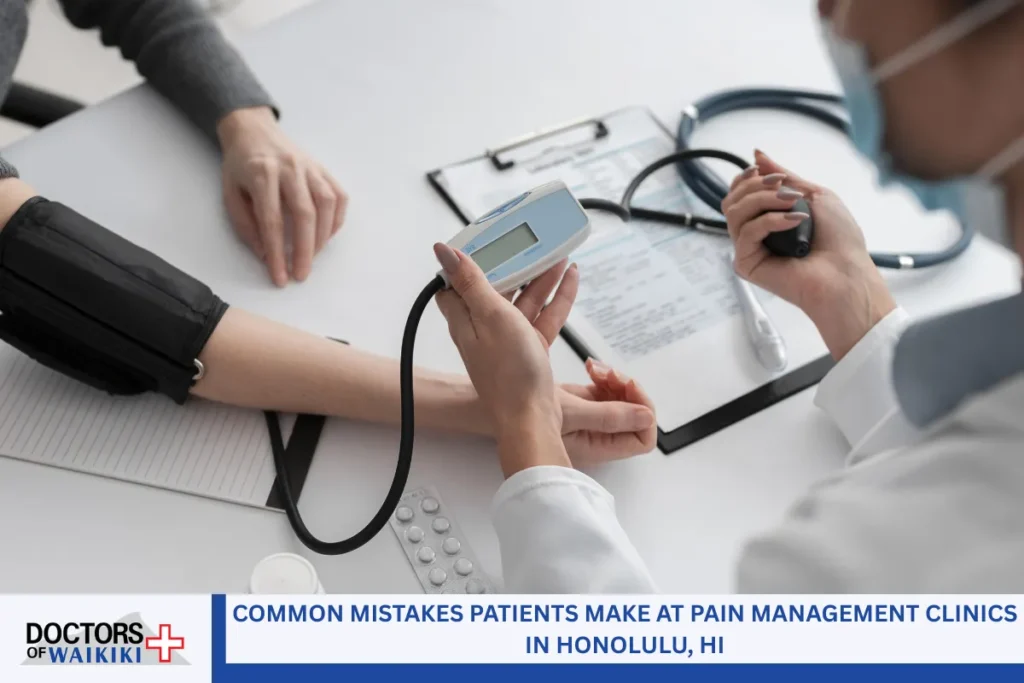When you or a loved one gets sick or hurt, deciding where to go for help can be confusing. Should you head to urgent care or the emergency room? Both places offer medical treatment, but they are designed for different situations. Knowing where to go can save you time, money, and most importantly—get you the right care fast.
Let’s take a look at the differences in services and pricing between urgent care centers and emergency rooms, and how to know which one is right for your needs.
What Is Urgent Care and What Is the ER?

Urgent care centers are walk-in clinics for illnesses and injuries that need attention quickly but aren’t life-threatening. Think of them as the middle ground between your doctor’s office and the emergency room. They’re usually open late and on weekends, making them a good option when your regular doctor isn’t available.
Emergency rooms (ERs) are located in hospitals and are meant for serious or life-threatening problems. If someone is having a heart attack, stroke, severe bleeding, or can’t breathe—this is the place to go. ERs are open 24/7 and have the staff and tools needed to handle emergencies.
Types of Medical Services They Offer
When to Go to Urgent Care

Urgent care is perfect for:
- Coughs, colds, and flu
- Small cuts that might need stitches
- Sprained ankles or minor broken bones
- Earaches or sore throats
- Mild asthma issues
- Minor burns or rashes
- Urinary tract infections (UTIs)
They can also do x-rays, lab tests, and sometimes even sports physicals and vaccines.
When to Go to the Emergency Room

The ER is built for serious problems like:
- Chest pain or signs of a heart attack
- Trouble breathing or severe asthma attacks
- Stroke symptoms (like slurred speech or numbness)
- Major injuries, like deep wounds or car accidents
- Seizures or unconsciousness
- Heavy bleeding or head trauma
If it feels life-threatening or urgent and can’t wait—go to the ER.
How Much Does Each One Cost?

One of the biggest differences between urgent care and the emergency room is the price.
Urgent Care Costs
Urgent care is usually much cheaper. A typical visit can cost between $100 and $200 if you’re paying out of pocket. If you have insurance, your co-pay might be around $20 to $75, depending on your plan. That’s because urgent care centers don’t charge big facility fees like hospitals do.
Emergency Room Costs
The emergency room is much more expensive. An ER visit can start at $1,200 and sometimes go way higher, especially if tests or surgery are needed. Even with insurance, you might have to pay a co-pay of $150 to $500 or more, plus any extra fees for specialists, scans, or lab work.
Going to the ER for something that isn’t truly an emergency could mean a huge bill later on.
What About Wait Times?
Time matters—especially when you’re not feeling well.
Urgent Care Wait Times
Urgent care clinics usually see people on a first-come, first-served basis. That means you might wait a bit, but it’s often under 30 minutes to an hour, especially for minor issues.
Emergency Room Wait Times
In the ER, patients are treated based on how serious their condition is. If your problem isn’t life-threatening, you might have to wait several hours, especially during busy times. The sickest people are always seen first.
Understanding Insurance and Billing Differences

How you pay—and how much you pay—can also vary a lot between urgent care and emergency rooms.
Urgent Care and Insurance
Most urgent care centers accept health insurance and offer more affordable rates. You’ll usually pay:
- A lower co-pay than the ER
- No facility fees
- Clear pricing for basic services
Even without insurance, urgent care bills are often easier to handle. Many clinics offer flat-rate pricing or payment plans, making them a budget-friendly choice.
Emergency Room and Insurance
Emergency rooms can be tricky when it comes to billing. Even with insurance, you might face:
- High deductibles
- Out-of-network charges
- Separate bills from doctors, labs, and hospitals
Facility fees alone can be hundreds of dollars, and surprise bills are common if your ER visit includes services from providers not covered by your insurance network.
So, unless it’s a true emergency, visiting urgent care can save you a lot of money.
Helpful Tips on When to Go Where
Still not sure where to go? Here are a few tips to make the choice easier:
Go to Urgent Care If:
- You have a fever but no serious symptoms
- You twisted your ankle but can walk on it
- You have a sore throat or earache
- You need a quick checkup or test and your doctor isn’t available
Urgent care is great for minor but uncomfortable health problems that need attention quickly.
Go to the ER If:
- You’re having chest pain or trouble breathing
- You’ve been in a serious accident
- You think you might be having a stroke
- You or someone else passed out or can’t wake up
- You’re bleeding a lot or have a deep wound
When it’s serious or could be life-threatening, don’t wait—go straight to the emergency room or call 911.
Smart Choices for Your Health and Wallet

Choosing between urgent care and the ER doesn’t have to be stressful. Just remember:
- Urgent care is your go-to for quick, affordable care for non-emergencies.
- Emergency rooms are the best choice for severe, life-threatening conditions.
Knowing the difference helps you get the right care at the right time—without overpaying or waiting too long. If you’re ever unsure, many insurance companies offer nurse hotlines or telehealth services to help guide you.
Next time you’re feeling sick or dealing with an injury, think about what kind of care you really need. That small decision can make a big difference—for your health and your wallet.
Honolulu Urgent Care – Doctors of Waikiki

Looking for fast, reliable urgent care in Honolulu? At Doctors of Waikiki, we provide walk-in medical services for non-life-threatening conditions, so you don’t have to wait hours at the emergency room or stress about high hospital bills. Whether you’re dealing with a sudden illness, minor injury, or need a last-minute checkup, our friendly team is here to help—day or night. We offer convenient urgent care in Honolulu that’s professional, affordable, and focused on your comfort. No appointments needed, just walk in! Located in the heart of Waikiki, we’re a trusted name in Honolulu urgent care for both residents and visitors. Don’t risk long ER waits or expensive bills when you can get fast, quality care right here.
Call Doctors of Waikiki at (808) 922-2112 or stop by today—because your health shouldn’t have to wait.
Frequently Asked Questions About Urgent Care vs Emergency Room
What happens if I go to the emergency room for a non-emergency issue?
If you visit the emergency room for a non-life-threatening issue, you’ll still be treated—but likely at a much higher cost than necessary. Emergency departments are designed to handle critical, urgent health conditions, and their resources are priced accordingly. Many insurance plans have higher co-pays and deductibles for ER visits, especially if the condition could have been handled at an urgent care center. In some cases, insurance may not fully cover non-emergency ER visits, leaving you with a surprise bill. Plus, you may experience long wait times since patients with life-threatening issues are prioritized.
Are urgent care centers equipped to handle pediatric or senior patients?
Yes, most urgent care clinics are well-equipped to care for children and older adults. They can treat a wide range of non-emergency health issues, such as flu, ear infections, minor injuries, and rashes. Some urgent care centers even specialize in pediatric care or have providers trained in family medicine or geriatrics. However, if the child or senior is experiencing symptoms like chest pain, difficulty breathing, or signs of stroke, it’s best to go to the emergency room, as those symptoms could be life-threatening and require advanced care.
Do I need an appointment for urgent care or the ER?
In most cases, no appointment is needed for either urgent care or the emergency room. Both are designed to handle walk-in visits. That said, some urgent care centers offer online check-ins or scheduled appointments, which can help reduce your wait time. Emergency rooms operate on a triage system, meaning patients are seen based on the severity of their condition, not the order they arrive. So even if you walk into an ER before someone else, you might still wait longer if your issue is less severe.
Can urgent care centers prescribe medication or refill prescriptions?
Yes, urgent care providers can prescribe medication for a wide range of conditions, including antibiotics for infections, asthma inhalers, or short-term pain relief. They can also write short-term prescription refills in some cases—especially if you’ve run out and can’t get in to see your regular doctor. However, urgent care centers typically won’t refill long-term prescriptions for controlled substances, like opioids or ADHD medication. For those, you’ll need to visit your primary care doctor or a specialist.
Is urgent care open during holidays or after hours?
Most urgent care centers are open after regular business hours, including evenings and weekends, which makes them a great option when your doctor’s office is closed. Many are also open on holidays, though hours may be reduced. Emergency rooms, on the other hand, are open 24/7 every day of the year, making them the only choice if something serious happens in the middle of the night or on a major holiday. It’s always a good idea to check the urgent care clinic’s hours online or by phone before heading out.
Read How Much Does Urgent Care Cost Without Insurance? A Simple Breakdown

